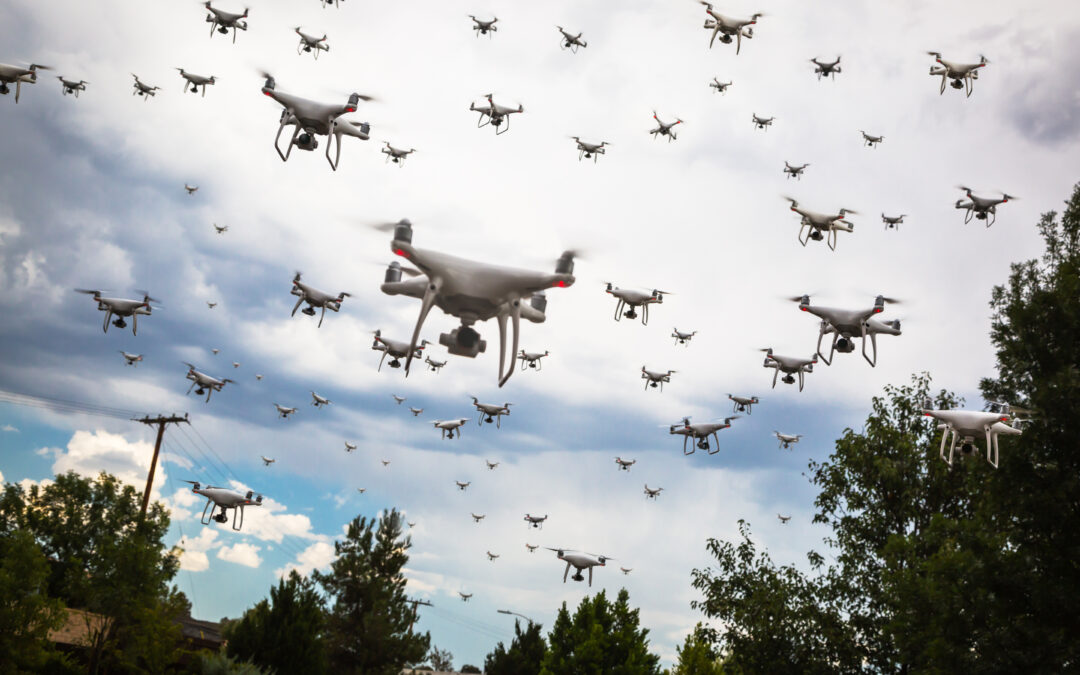Image: Shutterstock
What’s New: An “operational concept” (Defense Department-speak for “idea”) to defend Taiwan with thousands of drones when China comes across the strait to invade.
Why It’s Important:
- Taiwan, the U.S. and allies (right now the only confirmed one to counter a Chinese invasion is Japan) will almost certainly be outnumbered by China’s forces during an invasion.
- Most of the defending forces will be disadvantaged by being forward deployed while Chinese forces will be quite close to home, resupply, and support facilities.
- Thousands of autonomous surface, subsurface, and aerial vehicles could help balance the conflict, maybe even deterring conflict – the best outcome of all.
What Else to Know: As with any idea, there are challenges to overcome, many of which are discussed in the article. Of course we are always interested in navigation, especially in GPS-denied environments. The article does mention development of “All Domain Attritable Autonomy (AD2).” There is no discussion of how the drones are to find their way to their targets (cameras, Lidar, radar?).
Some thoughts about NAVWAR aspects of drones in an invasion of Taiwan:
- GPS, perhaps all signals from space, will be denied in the region, if not even more broadly.
- DOD will need thousands of drones. Maybe tens of thousands. Even with DOD’s huge budgets, the SWAP-C for each will have to be fairly modest.
- Navigation will be an issue since the military doesn’t want all the drones attacking the same target and leaving big holes in the line for the enemy to barrel through.
- Ideally each drone will know where it is and where the other drones are.
- The question is how to do that without GPS. Some options could be to use:
- Other satellite signals which are stronger than GPS but could still be denied,
- Magnetic navigation which is not really well developed yet for such applications – to the best of our knowledge, ‘
- China’s own eLoran signals, though they could easily be turned off,
- Inertial systems, but the good ones we know of are very expensive.
- Something DOD has that it isn’t talking about. Maybe.
- The only reference in the article to this challenge is fairly indirect and vague: “If a control or communications link to the drone is lost, the REMA autonomy software would allow them to continue performing some aspects of their mission by making their own decisions.”
- Sounds like magic. We have seen too much power point to be convinced just yet.

Invade Taiwan? Encounter A ‘Hellscape’
Steve Trimble September 26, 2023
A new operational concept within the U.S. Indo-Pacific Command proposes to use a horde of drones to turn the Taiwan Strait into a “hellscape” if China attempts to invade Taiwan.
To realize that vision, the Defense Department has created several new efforts to solve the industrial, bureaucratic and command-and-control issues posed by unleashing thousands of drones simultaneously into the air, water and land around the roughly 100-nm channel between mainland China and Taiwan.


